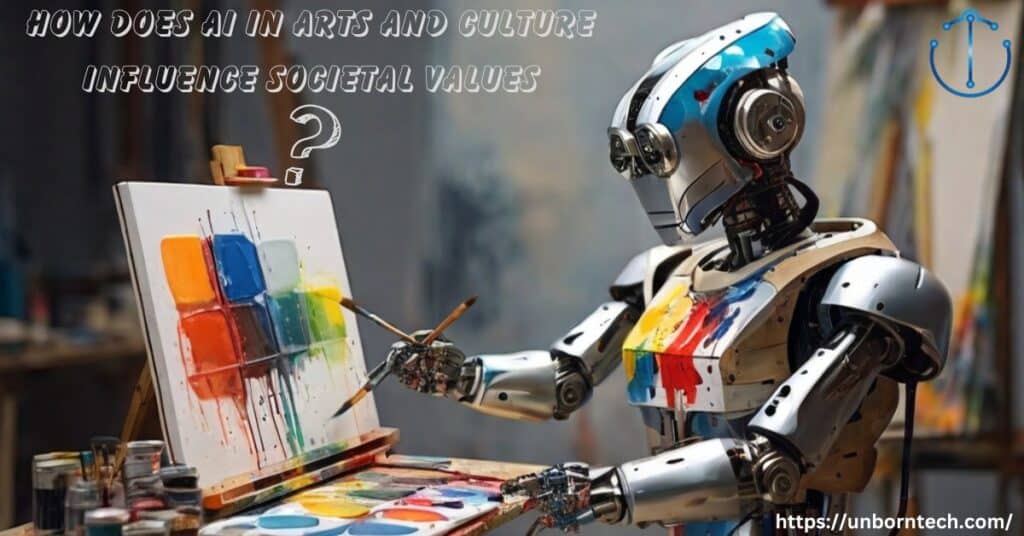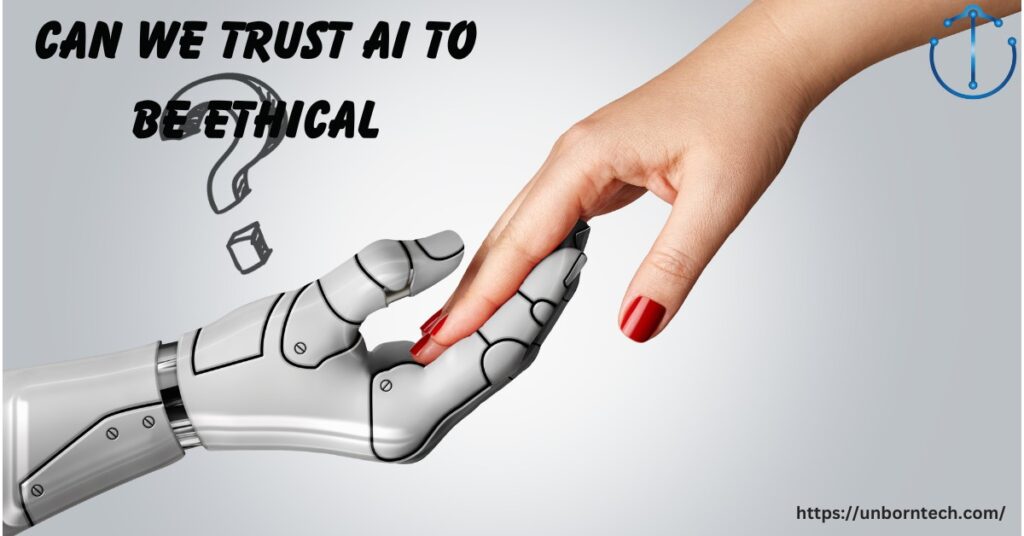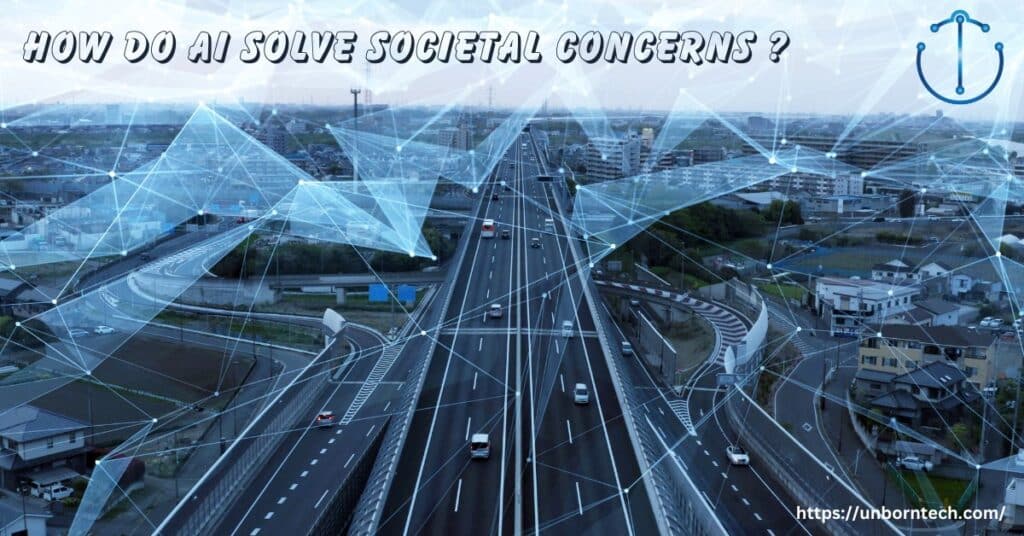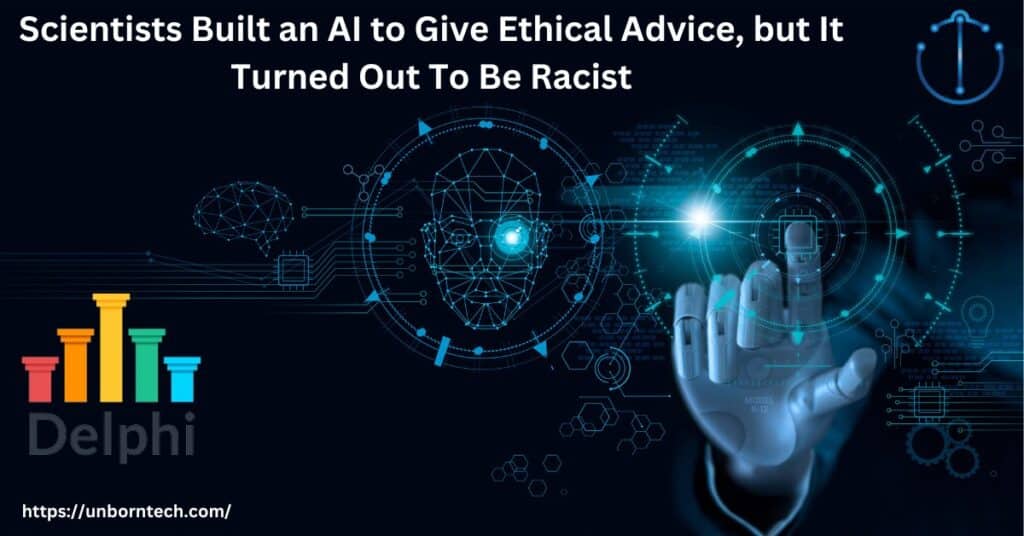In the ever-evolving landscape of technology, artificial intelligence has made significant strides in various fields, including arts and culture.
This integration of AI into creative domains raises intriguing questions about its impact on societal values.
How does AI influence the way we perceive art, culture, and ultimately shape our collective values?
Let’s delve into this fascinating intersection.
Table of Contents
Understanding AI in Arts and Culture
AI’s role in arts and culture is multifaceted, ranging from creating art pieces to enhancing audience engagement and curation processes.
One prominent example is the use of Generative Adversarial Networks (GANs) to generate art. These algorithms can produce paintings, music, and even poetry autonomously, blurring the lines between human and machine creativity.
Additionally, AI-powered tools aid in analyzing vast cultural datasets, providing insights into historical trends, artistic movements, and audience preferences.
Impact on Perception and Appreciation
The integration of AI challenges traditional notions of authorship and creativity. Artworks generated by AI prompt us to reconsider the definition of art and appreciate the process behind their creation.
For instance, the “Portrait of Edmond de Belamy” created by the AI algorithm sold at auction for $432,000, sparking debates about the value of AI-generated art.
Moreover, AI algorithms can analyze social media and online content to gauge public sentiment towards certain cultural phenomena, influencing trends and shaping cultural narratives.
This ability to capture and interpret public opinion has significant implications for how societal values are perceived and reinforced.
Preservation and Conservation
AI plays a crucial role in preserving and conserving cultural heritage by digitizing and restoring artworks and artifacts.
Projects like Google’s Art Camera and the Louvre’s use of AI for artifact restoration demonstrate how technology can safeguard cultural treasures for future generations.
By leveraging AI, museums and cultural institutions can decrease the risks of physical deterioration and ensure the longevity of our collective cultural heritage.
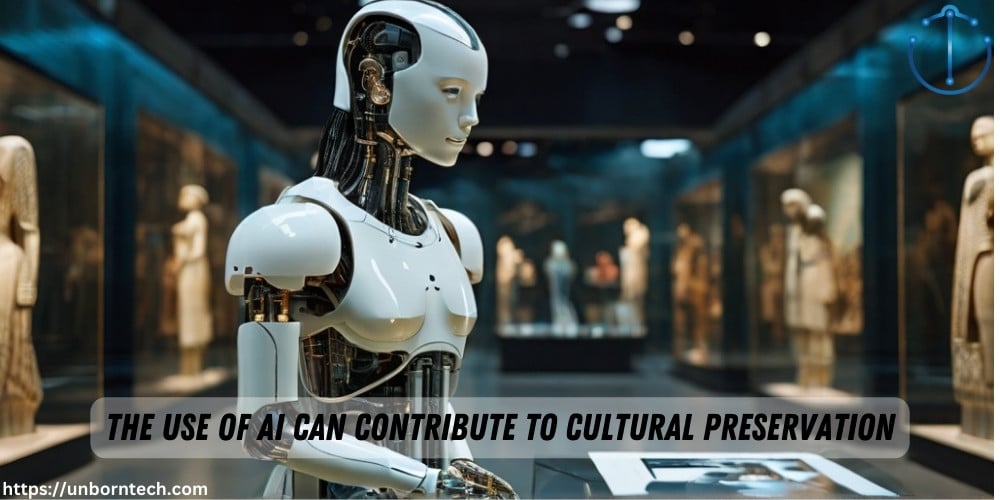
Reflections on Bias and Representation
One critical aspect of AI in arts and culture is its potential to spread or challenge societal biases. Machine learning algorithms learn from existing datasets, which may contain inherent biases present in human culture.
Without careful curation and oversight, AI-generated content could reinforce stereotypes or exclude marginalized voices.
For example, facial recognition algorithms trained on biased datasets have been criticized for misidentifying or underrepresenting certain demographic groups, worsening issues of discrimination and inequality.
In the realm of literature, AI language models have been examined for reproducing gender and racial biases present in their training data.
Fostering Innovation and Collaboration
Despite the challenges, AI also presents opportunities to diversify cultural expressions and amplify belittled voices. Artists and technologists collaborate to explore the creative potential of AI, experimenting with new mediums and pushing the boundaries of traditional art forms.
Projects like Google’s “Magenta” initiative explore the intersection of AI and music, empowering musicians to incorporate AI-generated compositions into their creative process.
Similarly, initiatives such as the AI Art Gallery showcase the work of artists who leverage AI as a tool for self-expression and exploration.
Ethical Considerations and Future Directions
As AI continues to permeate the realm of arts and culture, addressing ethical considerations becomes extremely important.
Transparency in AI-generated content, accountability in data collection and usage, and inclusivity in representation are essential principles to uphold.
Furthermore, fostering interdisciplinary dialogue and collaboration between artists, technologists, ethicists, and policymakers can ensure that AI in arts and culture reflects diverse perspectives and values.
Read More: Can We Trust AI To Be Ethical?
Conclusion
In conclusion, the influence of AI in arts and culture on societal values is profound and multifaceted. While presenting opportunities for innovation and exploration, it also raises critical questions about bias, representation, and ethical considerations.
By navigating these challenges thoughtfully, we can harness the transformative power of AI to enrich cultural experiences and foster comprehensive societal values.
Through continued dialogue and collaboration, we can shape a future where AI enhances, rather than diminishes, our appreciation for the richness and diversity of human creativity.
Frequently Asked Questions (FAQs)
How does AI impact art and culture?
AI influences art and culture by facilitating new forms of creativity, enhancing audience engagement, and reshaping traditional practices through automation and data-driven insights.
How does AI contribute to the creation of art?
AI algorithms like Generative Adversarial Networks (GANs) can autonomously generate paintings, music, and literature based on learned patterns from existing data.
Does AI in arts and culture perpetuate societal biases?
Without careful curation, AI algorithms may replicate biases present in their training data, highlighting the importance of ethical oversight and diversity in representation.
How is AI used in art?
AI is used in art for various purposes, including generating art pieces, analyzing cultural datasets, enhancing audience experiences, and preserving cultural heritage.
Why is AI good for art?
AI expands the possibilities of artistic expression by offering new tools and techniques for artists to explore. It also democratizes access to artistic tools and knowledge, fostering innovation and collaboration in the creative process.

